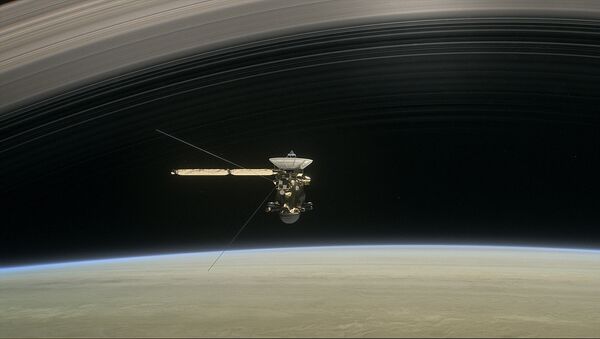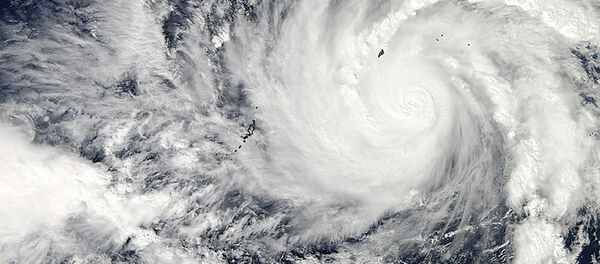"NASA's Cassini spacecraft is back in contact with Earth after its successful first-ever dive through the narrow gap between the planet Saturn and its rings on April 26, 2017. The spacecraft is in the process of beaming back science and engineering data collected during its passage, via NASA's Deep Space Network Goldstone Complex in California's Mojave Desert," NASA said in a statement.
The maneuver was carried out as part of Cassini's terminal Grand Finale mission which will see the spacecraft plunge into the gas giant's atmosphere in September.
Cassini flew within under 2,000 miles of Saturn's upper clouds and approximately 200 miles below the lowest visible edge of the plant's rings, according to the statement, thus making it the only spacecraft to approach Saturn within such a close distance. Cassini appeared to fare well despite fears that small particles making up the lower edge of Saturn's rings would disable the spacecraft's equipment.
NASA started receiving data gathered during the dive in the early hours of Thursday. The space agency displayed several unprocessed closeup images of Saturn's atmosphere. The next dive is due on May 2, according to NASA, with another 20 dives scheduled to take place before ultimately sinking into the gas giant.
The joint NASA-European Space Agency (ESA)-Italian Space Agency (ASI) unmanned Cassini–Huygens mission started in 1997 and arrived in the Saturnian system in 2004. It sent the Huygens probe to land on Saturn's moon Titan in 2005 which captured images and sounds from the alien lunar surface. Cassini itself then spent 12 years studying the solar system's second-largest planet, its moons and its rings from orbit. It has discovered a salty ocean on the moon Enceladus, which could sustain life, while also discovering a nitrogen and methane-rich atmosphere, which could be the basis for organic materials, on Titan, Saturn's largest moon.
Never miss a story again — sign up to our Telegram channel and we'll keep you up to speed!




